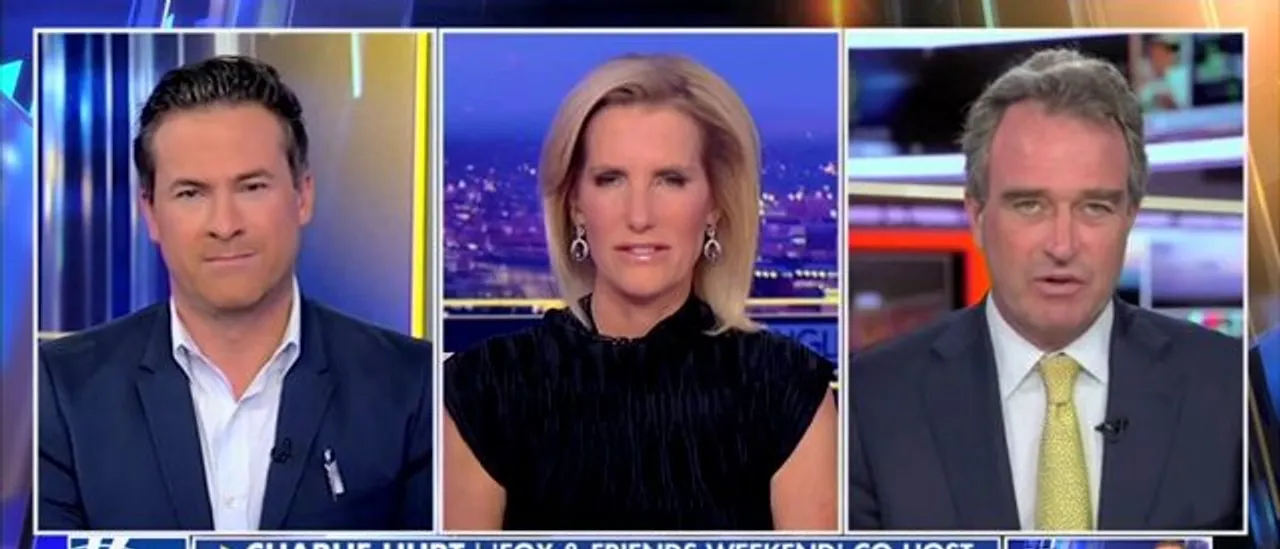Missouri Governor Signs New Congressional Map Amid Controversy
In Jefferson City, Missouri, Governor Mike Kehoe has officially signed a new congressional map as part of a broader initiative by President Trump aimed at preserving a slim Republican majority in the upcoming midterm elections.
This signature means that the revised districts will become law, with hopes of allowing Republicans to secure more seats. However, this might not be the end of the matter. Critics of the map are actively pursuing a referendum petition which could trigger a statewide vote if they manage to gather enough support. They’ve also initiated several lawsuits against the new boundaries.
Across the U.S., demographic shifts prompted a nationwide redrawing of congressional districts following the 2020 census. Missouri is attempting a more politically motivated redistricting this year, a process often referred to as gerrymandering, similar to actions taken recently in Texas, which has drawn reactions from lawmakers in California.
Last month, Republican representatives in Texas unveiled a new congressional map designed to help their party gain five additional seats. In California, Democrats have proposed their own plan aimed at securing five extra seats, though their proposal still requires voter endorsement. Other states are contemplating similar adjustments to their districts.
Each seat holds significant importance, particularly since Democrats need just three more to take control of the House. There’s considerable pressure, especially as Trump attempts to buck the trend of the sitting president’s party losing seats during midterm elections.
Currently, Republicans hold six out of Missouri’s eight congressional seats. The newly drawn map particularly impacts Democratic Representative Emanuel Cleaver by cutting portions of Kansas City and extending into predominantly Republican rural areas. This change is expected to lessen the number of black and minority constituents that Cleaver has represented for two decades.
Cleaver has publicly criticized the redistricting plan, particularly its use of True Store Avenue in Kansas City to delineate a new district division.
Governor Kehoe has justified the new map as a means to bolster Missouri’s “conservative and common sense values” in the national arena, seemingly sidestepping the partisan motives tied to Trump’s influence.
“People in Missouri tend to be more alike than different, and our values, whether from the left or right, are more aligned with each other than with representatives from states like New York or California,” Kehoe remarked. “We believe this map best reflects the people of Missouri.”
Kehoe signed the legislation during a private event. In opposition, groups are working to collect signatures necessary for a statewide referendum on the map. They need approximately 110,000 valid signatures by December 11th to proceed.
At the same time, various legal challenges are underway. Some lawsuits argue that midterm redistricting may not be permissible under Missouri’s constitution, including a recent suit filed by a Democratic-affiliated group.
“This wasn’t mandated by law or court orders. It stems from partisan directives handed down by Republican legislators following orders from politicians in Washington,” stated Marina Jenkins, executive director of a nonprofit related to the National Democratic Research Committee.
A previous lawsuit from the NAACP contends that Kehoe did not have an “extraordinary opportunity” to bring lawmakers into session for the redistricting process.
Additionally, the American Civil Liberties Union filed a lawsuit claiming that the new district in the Kansas City area fails to maintain compactness and violates the state’s constitutional requirements. It’s worth noting that the Rezoning Act lists “KC 811” districts in both the 4th and 5th Assembly Districts.
Nevertheless, Kehoe’s office has stated that there were no mistakes made, explaining that different government agencies simply assigned the same name to two distinct voting locations.







